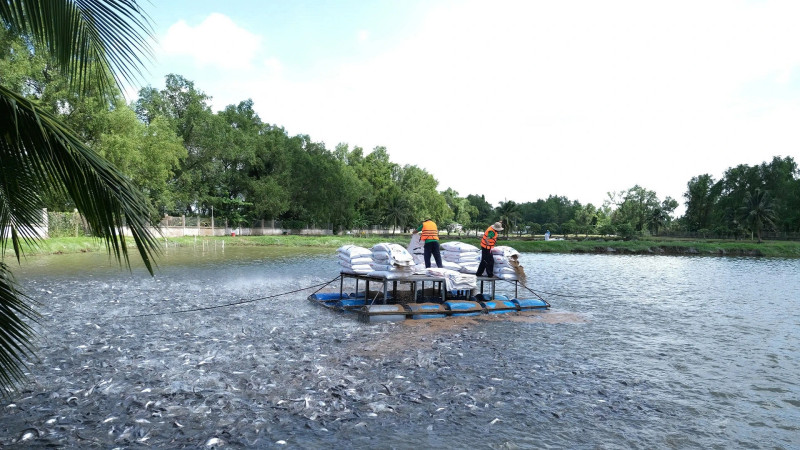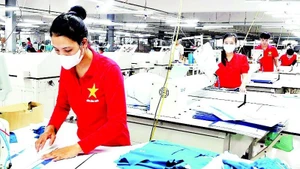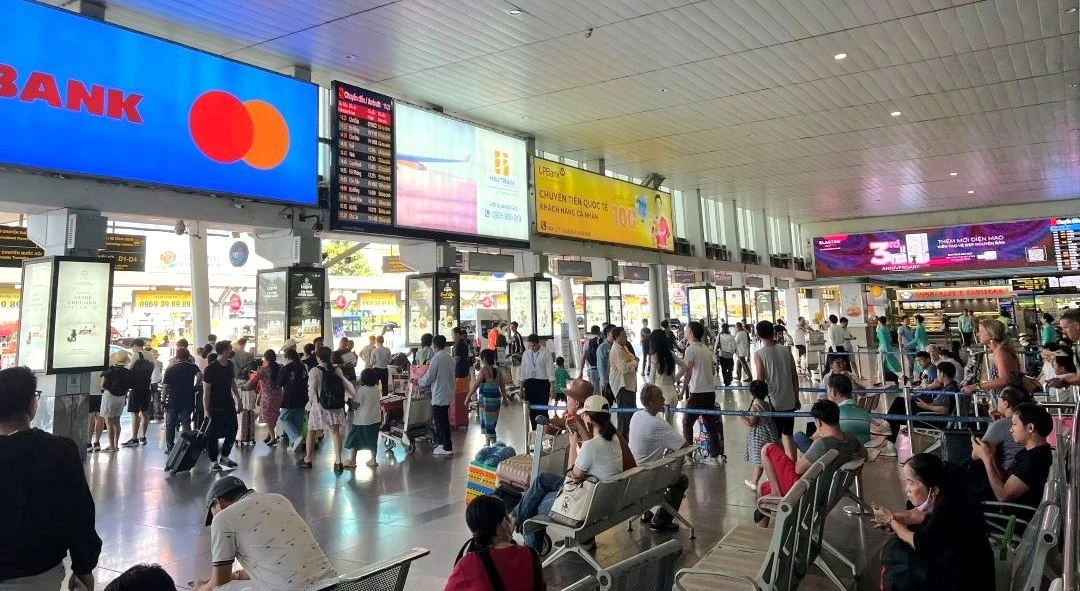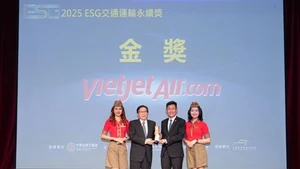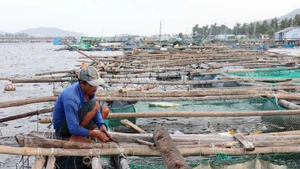According to the State Bank of Vietnam, as of the end of September 2024, total outstanding credit in the Mekong Delta reached 1.18 quadrillion VND, an 8% increase compared to the end of 2023. Credit in the agricultural and rural sector amounted to 643 trillion VND, representing 54% of the region’s total credit and 19.5% of the nation’s total credit. Specifically, outstanding loans for the rice sector in the region stood at 124 trillion VND, an 18% increase compared to the end of 2023, accounting for 11% of the region’s total credit and 53% of national credit for rice.
Economic expert Dr Can Van Luc highlighted several limitations regarding agricultural funding in the Mekong Delta. Policies for applying high technology in agriculture are not sufficiently practical and are failing to attract the necessary resources for high-tech agricultural development. Weak links among farmers, the government, scientists, and businesses in production, processing, and consumption are resulting in a lack of sustainable cooperation. Unfulfilled product purchase agreements are hindering product consumption and creating difficulties for banks in recovering loans. Borrowers often lack sufficient collateral or face issues with their collateral. Many agricultural businesses are failing to meet loan requirements due to inadequate business plans, limited equity, poor financial capacity, or weak management skills.
According to Le Van Tuan, Deputy Head of Credit Policy at Agribank, the Mekong Delta benefits from natural advantages like a dense canal system and fertile soil, making it suitable for aquaculture, rice cultivation, and fruit production. However, the region lacks large, capable enterprises to lead and drive the agricultural value chain. Additionally, some localities lack cohesive policies to establish strong value chains and sufficient participation from relevant sectors.
Cooperatives in the region are largely ineffective, lacking key personnel and management experience. Most cooperatives do not own farmland and instead rely on members’ production land, making it difficult to access loans due to insufficient collateral.
Pham Thai Binh, Chairman of Trung An High-Tech Agriculture JSC, noted that banks and financial institutions currently provide the rice industry with 2 billion USD in long-term loans (7–10 years) and 2 billion USD in short-term loans (under 12 months). This total of 4 billion VND is modest compared to the 12 quadrillion VND (approximately 500 billion USD) in idle funds deposited in banks by the community.
Economic experts have proposed the following measures to boost credit for key agricultural sectors and drive sustainable growth in the Mekong Delta. Alongside banking solutions, coordinated policies from ministries, sectors, and local governments are needed to address production and business challenges, support growth drivers, and promote economic sustainability.
It is necessary to strengthen financial transparency among enterprises to enable banks to assess, appraise, and provide credit for feasible projects with proper legal documentation.
Provincial agencies, industry associations, and banks should work together to connect banks with businesses, address customer needs, and resolve obstacles to ensure timely capital access.
Regarding the implementation of the High-Quality Rice Project, the Ministry of Agriculture and Rural Development along with local governments of the 13 participating provinces should promptly designate specialised farming zones, establish value chains, and set technical standards for high-quality, low-emission rice production to enable banks to evaluate and grant loans.
Pham Thai Binh stressed that fully implementing the 1-million-hectare high-quality rice project could generate 10 billion USD annually for the rice value chain, not including revenue from carbon credit sales. This initiative would allow businesses, farmers, and society to thrive, paving the way for sustainable development of 2 million hectares of Vietnam’s rice industry, thus ensuring high-value production and stable consumption. Vietnam’s rice industry must not miss opportunities for development simply because it cannot secure loans to invest, he concluded.
Dr Can Van Luc emphasised the importance of enhancing market information systems to provide farmers and businesses with price forecasts for stable production and consumption.
Expanding agricultural export markets by building brands and leveraging next-generation free trade agreements (FTAs) is of great importance.
He also stressed the significance of supporting supply chain financing, especially for large purchasing enterprises. Investing in rural infrastructure, upgrading risk insurance programmes in agriculture, and improving rural development initiatives is also a key point.
